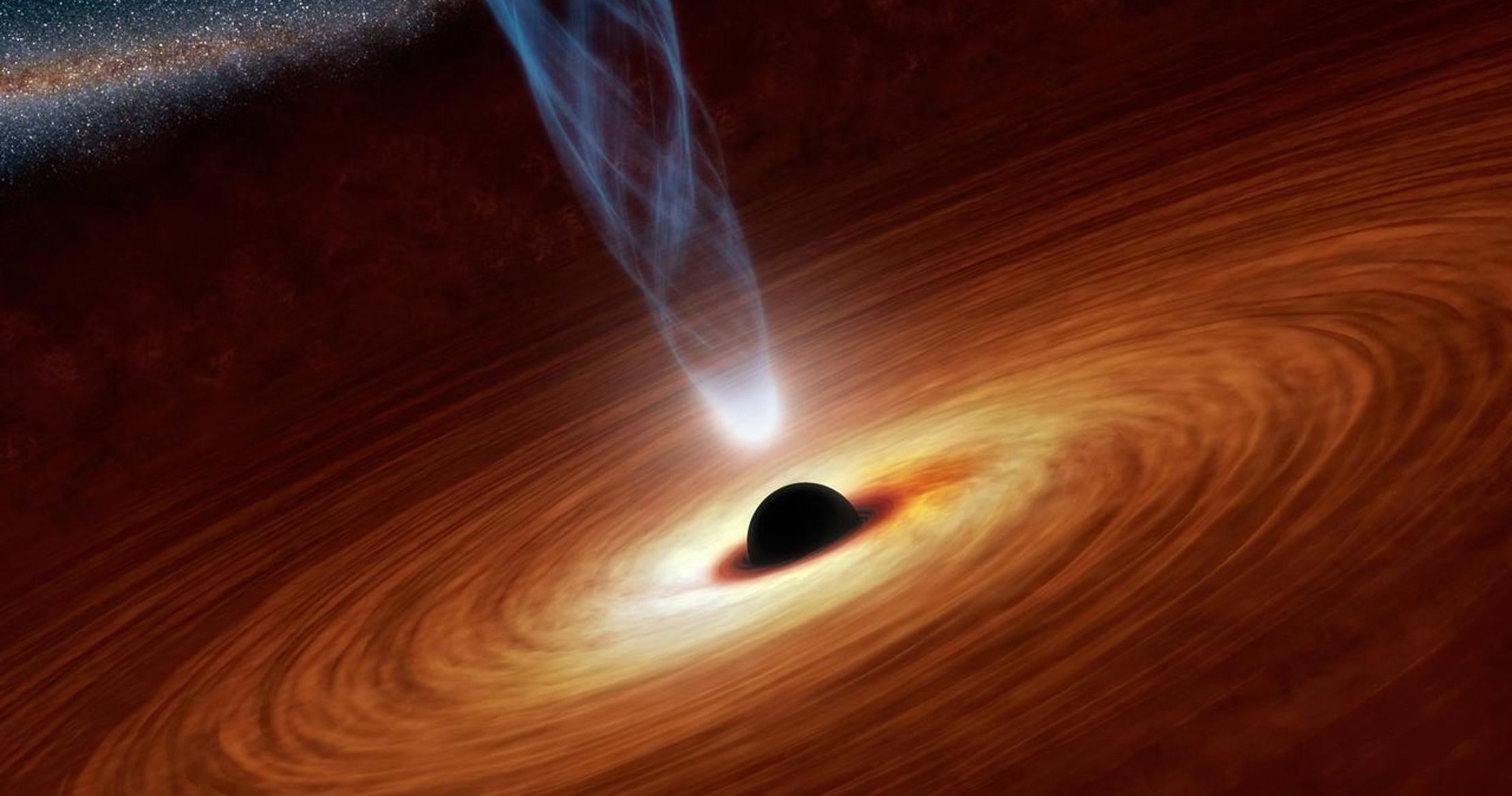Christopher Nolan tackled black holes in the hit sci-fi triller Interstellar. And before that, Disney delivered a somewhat cheesy, yet none the less endearing space adventure with The Black Hole. But there is still so much we don't know about them. A new report coming from The Australian National University has news of an ever-growing black hole that is the most massive in the entire galaxy. At least as far as it's been charted.
This giant black hole is unlike anything seen in a fictional Hollywood movie. And it's hungry. In fact, it's reported that this black hole is eating almost one entire sun a day as it devours its breakfast. To offer some perspective, this black hole clocks in at 34 billion times the mass of our own sun. And it is gobbling up the equivalent of one earth-sized sun every single day. This insight comes from Dr. Christopher Onken and his colleagues, who have been studying this mass of blackness in the far reaches of our galaxy.
"The black hole's mass is also about 8,000 times bigger than the black hole in the centre of the Milky Way. If the Milky Way's black hole wanted to grow that fat, it would have to swallow two thirds of all the stars in our Galaxy."
Named J2157, this enormous black hole was discovered by researches back in good old 2018. Dr. Christopher Onken goes onto say this about the sun-munching mass.
"We're seeing it at a time when the universe was only 1.2 billion years old, less than 10 per cent of its current age. It's the biggest black hole that's been weighed in this early period of the Universe."
Wow. At this point in human history, scientists are still not sure how such a black hole is able to consume that much space energy. Much remains a mystery. The team behind this research is currently on the hunt for more black holes to study in the future. Perhaps they will provide some clues. Said team member Dr. Fuyan Bian, a staff astronomer at the European Southern Observatory (ESO).
"We knew we were onto a very massive black hole when we realized its fast growth rate. How much black holes can swallow depends on how much mass they already have. So, for this one to be devouring matter at such a high rate, we thought it could become a new record holder. And now we know."
Dr. Fuyan Bian and team used ESO's Very Large Telescope in Chile to get an accurate measurement of this scary black hole in question. It's believed that much can be learned about the galaxy surrounding it. And the team is 'excited' to continue their research.
"Is this galaxy one of the behemoths of the early Universe, or did the black hole just swallow up an extraordinary amount of its surroundings? We'll have to keep digging to figure that out."
The research originally appeared in academic.oup.com. Additional covered first appeared Australian Nature University.

